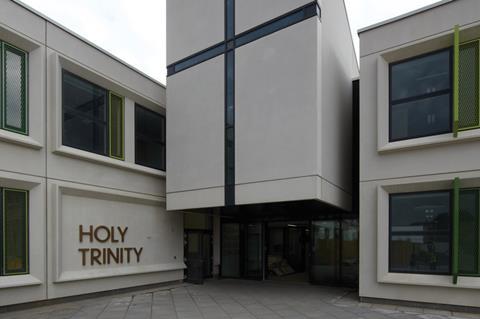There can be few more appropriate models for the straitened times in which we live than standardised schools
STANDARDISED SCHOOLS

If 2012 was the year of austerity, then it may well be remembered for cost-cutting public sector schemes rather than the grand projets of yesteryear. If this is the case, then there can be few more appropriate models for the straitened times in which we now live than standardised schools.
Although the concept was launched in 2011, it became a reality this year. The first wave of standardised schools opened across the country this year, with Laing O’Rourke, Atkins and Allford Hall Monaghan Morris completing schools in Barnsley; Wates and CPMG finishing theirs in Doncaster; and Willmott Dixon rolling out the first of its fixed-price, “off the shelf” models in Rugby.
While the approach taken by each team differs, they are all united by a commitment to simplifying the procurement process, achieving efficiencies of scale in terms of materials and construction, and ultimately building cheaper schools. The concept has aroused suspicion among architects, who fear it will lead to a lapse in design standards. But, like it or loathe it, standardisation is the shape of things to come.
It was not just schools that tightened their belts in 2012, all manner of buildings across the public and private sectors prioritised cost-cutting like never before. Cartwright Pickard Architects’ Wakefield council offices employed a pragmatic and partially prefabricated “kit of parts” design to achieve category A specification at an impressive £1,032/m2. While neither Wakefield nor the aforesaid standardised schools are great or even particularly exciting works of architecture, they are not examples of bad design either, and their practical, efficient and economical approach will become ever more attractive in the tough times ahead.




























No comments yet